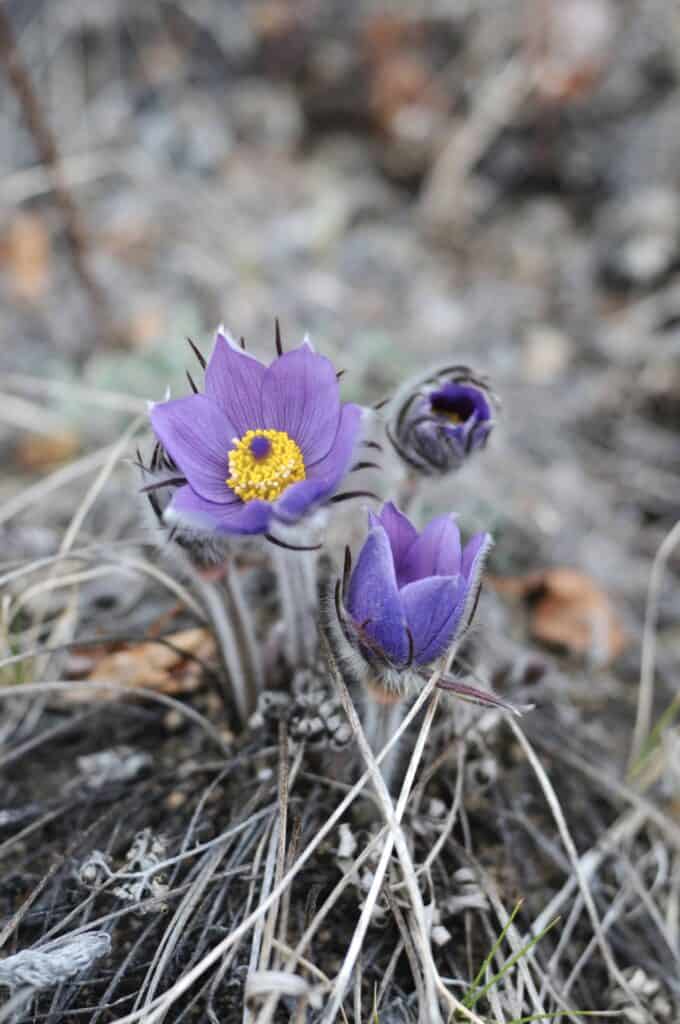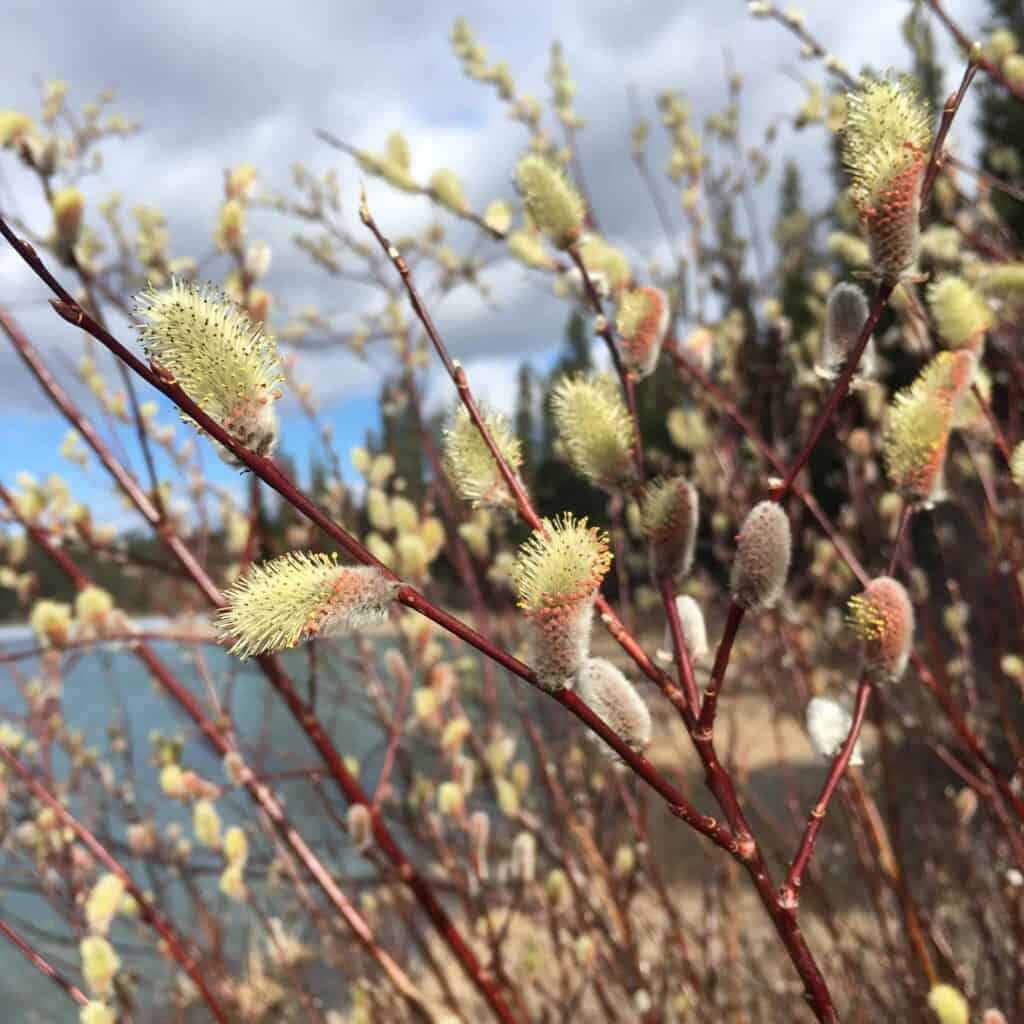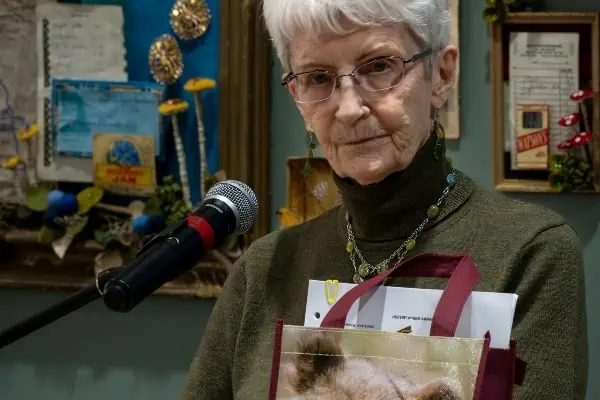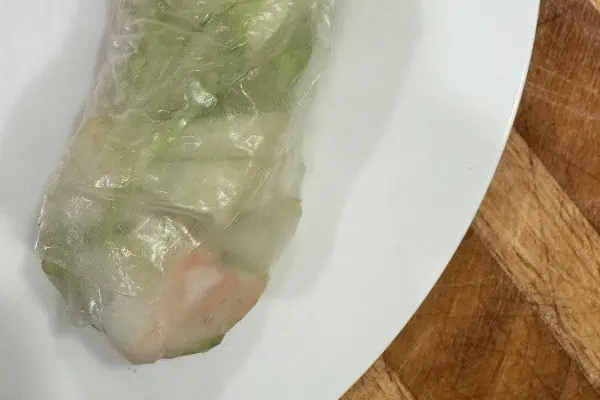


Winter feels like it moves so slow at times. We wait and wait for the days to get longer again and for the sun’s rays to gain strength. Spring feels like an eternity away. The snow and the cold seem like they will be here forever. And then one day, as if it had always been so, it’s not winter anymore and life begins to wake up again.
The snow starts to disappear on south-facing slopes, and in-between the last few snow patches, little fuzzy heads appear. The prairie crocus (a.k.a. pasqueflower) is one of the first signs of renewal and life after a long Yukon winter. Even when the blustery northern wind still blows cold, this perennial is able to withstand the last frosts and manages to thrive when, all around, everything is still grey and dry.
Despite its common name, this little warrior of early spring is actually not a crocus: it belongs to the anemone family. In many places it blooms in April, around Easter time, and for this reason is known as the “anemone of Passiontide.” The name pasqueflower is derived from terms related to Passover and Easter, such as the Hebrew word pasakh and the antiquated French word pasque. It’s emblematic of this time of year’s celebrations of new life and rebirth.
In the past, the prairie crocus’s purple pigmentation was used as a dye for Easter eggs, and although classified as a toxic plant, by some, it has traditionally been used for centuries for its medicinal properties. It’s found in many parts of the northern hemisphere, not just the Yukon. Varieties of the same flower are the provincial flower of Manitoba, the state flower of South Dakota and the county flower for both Hertfordshire and Cambridgeshire in England, as well as the county flower of several communities in Norway, Finland and Sweden.
Here in the Yukon, prairie crocuses generally grow in colonies and it’s common to see entire hillsides adorned in purple, in early spring. In other parts of the world, however, several of the forty species in the genus Pulsatilla vulgaris are classified as critically endangered. In the U.K., the pasqueflower is now a rare and threatened plant due to the destruction and degradation of its habitat. We’re lucky to have such an abundance of these pretty blossoms in the Yukon.
To me, the first prairie crocuses that I come across, in early spring, are like little beacons of possibility and bravery. While everything else is still colourless and bleak, they draw on their reserves, and the energy stored in their roots, and appear seemingly out of nowhere. Anemones are also referred to as windflowers, and the furry purple blossoms of the prairie crocus seem to have an affinity for the chilly spring winds that make the rest of us bundle up in our down jackets. Their silky, hairy stems and leaves seem to act as their own little protective parkas, and their bell-shaped flowers follow the path and warmth of the sun across the sky each day.
They flower quickly and then seem to disappear just as abruptly as they appeared, leaving only a fluffy seed head behind. The pasqueflower is a reminder of the resurgence of life in spring and makes me think of this first line in a poem by Emily Dickinson: “I dwell in Possibility.” Wouldn’t it be great if we could all dwell more in possibility? If we could shed the weight of winter and begin to see more hope and potential around us again? In my opinion, that’s what spring so beautifully epitomizes and may be what the pasqueflower is here to teach us as well.
Here are a few ideas of how you can bring a bit of the possibility and lightness of spring into your life during these next few weeks.
- Set up a bird bath in your garden. It’s time to put away your bird feeder and consider replacing it with a small, clean basin filled with water. Bluebirds and robins and so many other migratory birds are already on their way back here, and seeing these feathered friends return and gratefully refresh themselves in your bird bath, after their long journeys northward, is a lesson in appreciating the small pleasures of life.
- Go on a road trip. Icy roads may have kept us at home during the winter, but there’s a good chance now that the asphalt has been able to dry off and we can travel around again as we wish. If you’re looking for a destination relatively close to Whitehorse, A Celebration of Swans is happening again at the Swan Haven Interpretative Centre at Marsh Lake. It runs from April 1 to April 30 and is a great excuse to get out of your house.
- Make yourself a spring bouquet. Maybe you haven’t been able to find the first pasqueflower, yet, but you can always forage a few budding tree branches—a limb off a flowering shrub or maybe some pussy willows—and bring them inside your home. The warmer temperatures indoors will force the leaves (and flowers) to come out and you’ll have a lovely foreshadowing on your dining-room table of what will soon be happening outside. Before you know it, wildflowers will be bountiful wherever you go.
- Play. Spring seems to bring out the playfulness in most animals, so why not in humans as well? If you have young children in your life, they’re probably already happily jumping around in puddles and taking advantage of the longer days to play around in the yard. Why not join them? And at the end of a long day of play, curl up with your little ones and read them a story about this special time of year. One possibility is the children’s book Little Bear’s Spring (written by Elli Woollard and illustrated by Briony May Smith), which tells the sweet story of a young bear cub who wakes up from hibernation and discovers spring outside his cave, for the first time. It will inspire you and your kids to appreciate the newness of spring a little bit more.
Take your time. We’ve waited for so many months for these warmer days, so let’s not take them for granted. Take a stroll along the Yukon River during your lunch break. Keep an eye (and ear) out for the first swans and geese passing overhead. Linger in your garden a little bit longer after completing your chores on a Sunday afternoon. As Lao Tzu once said, “Nature does not hurry, yet everything is accomplished.” Perhaps we should give it a try too.




